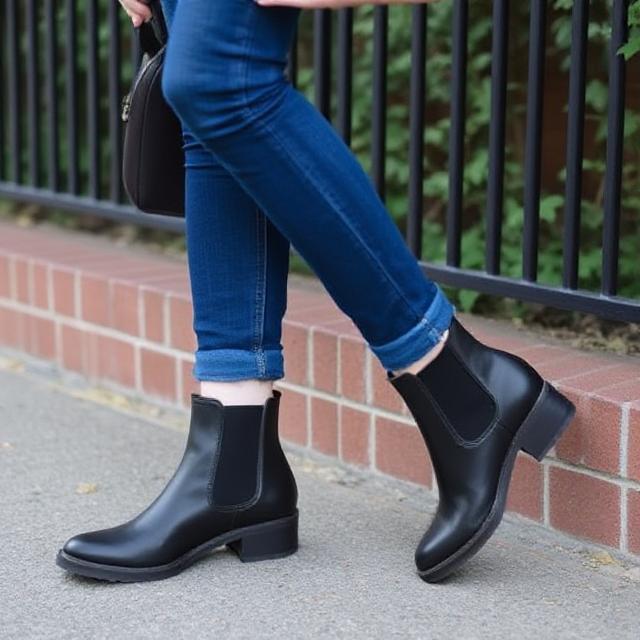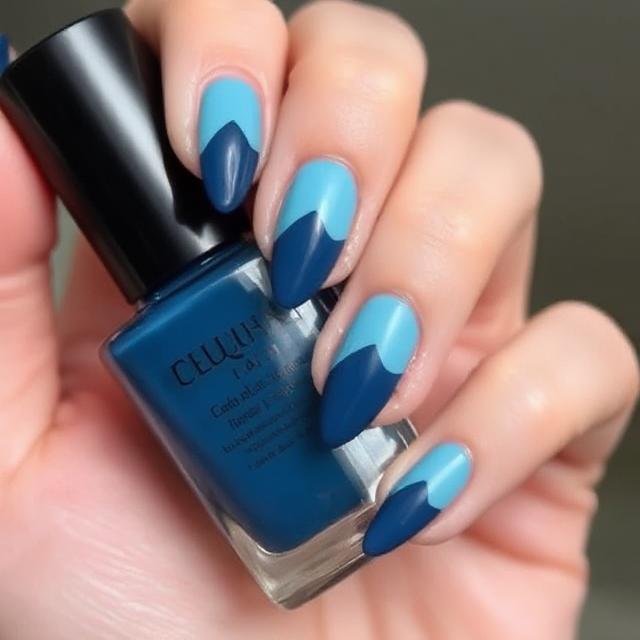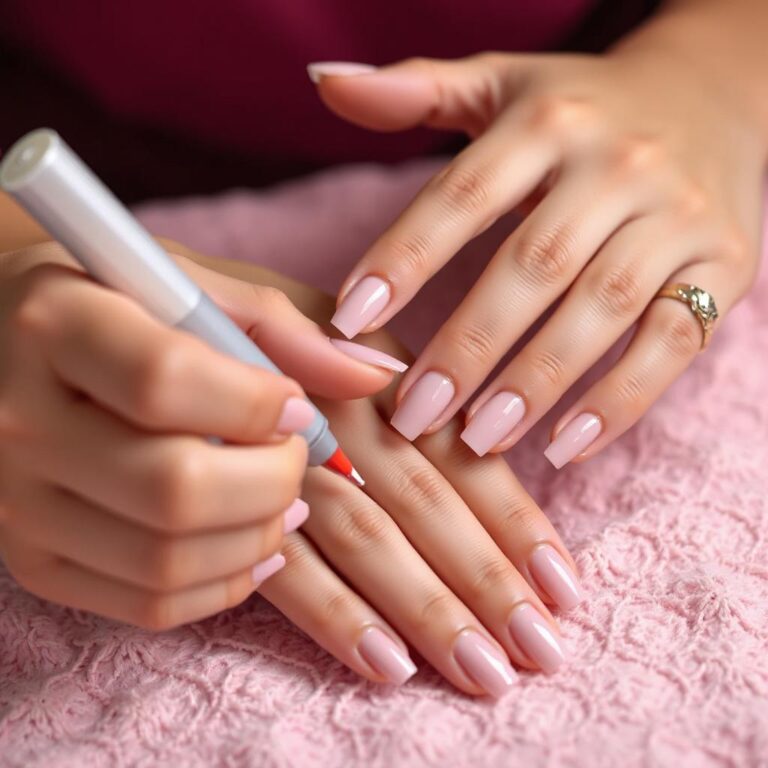Fashion magazine covers are greater than easy snapshots—they’re cultural statements, trendsetters, and effective advertising and advertising and marketing systems. Behind each setting style magazine cover lies months of planning, a revolutionary route, and information on what captivates audiences. But how precisely does a fashion magazine cowl drift from a mere idea to a style-defining masterpiece? Let’s dive into the gadget.
The Birth of an Idea: Editorial Vision
Every iconic style magazine cover starts off with an imaginative and prescient vision. Editors, modern directors, and stylists brainstorm topics that resonate with modern tendencies, societal shifts, and the mag’s logo identity. Whether it’s Vogue’s celebration of variety, Harper’s Bazaar’s avant-garde artistry, or Elle’s clean deal with street style, every guide has an incredible voice.
For example, at the same time as Vogue featured Beyoncé on its September 2018 style magazine cover, it wasn’t quite a remarkable deal movie star attraction—it has grown to be a declaration on Black excellence and women’s empowerment. The concept was modified into intentional, aligning with cultural movements and setting the tone for fashion narratives that season.
The Role of the Creative Team: Stylists, Photographers & Art Directors
Once the hassle is ready, the actual magic starts offevolved offevolved. An immoderate-fashion style mag cover shoot includes:
- Stylist curating appears to encompass the hassle’s subject matter.
- Photographers take photographs of the temper, whether or not or no longer it’s dramatic, minimalist, or playful.
- Art directors are making sure the very last layout is visually compelling.
Legendary photographers like Annie Leibovitz, Mario Testino, and Steven Meisel have formed the culture of style mag covers for decades. Their functionality to tell a story via an unmarried image is what makes fine covers unforgettable.
The Model or Muse: Who Graces the Cover?
The desire of a cover film megastar needs to make or destroy a problem. Fashion magazines balance:
- Supermodels (like Naomi Campbell or Gigi Hadid) for undying enchantment.
- Celebrities (Zendaya, Timothée Chalamet) for mainstream buzz.
- Emerging Faces (like Paloma Elsesser) signal new tendencies.
In recent years, range and inclusivity have become a large feature. British Vogue’s 2020 style magazine cowl providing Marcus Rashford shifted cognizance from natural fashion to social impact, proving that covers can electricity conversations past fashion.
The Power of Typography & Design
A tremendous style mag cover isn’t quite enough of the picture—it’s moreover about format. The placement of the mag’s emblem, headlines, and taglines need to complement (now not overpower) the visible. Some magazines, like *i-D*, are recognized for their signature wink, at the same time as others, like W Magazine, test with ambitious, inventive typography.
The Ripple Effect: How Covers Influence Fashion Trends
Once a fashion magazine cover drops, its impact is immediate:
- Celebrity Style: If Rihanna wears a formidable look on a cowl, lovers and architects take notice.
- Beauty Trends: Placing makeup or hair 2nd (assume Lady Gaga’s Vogue 2019 neon brows) can bypass viral.
- Retail & Runways: Designers often draw concepts from editorial shoots, trickling right down to the street style.
For instance, at the same time as Vogue Paris featured Kaia Gerber in antique Chanel, it sparked a resurgence in ’90s minimalism.
The Digital Age: How Social Media Changes the Game
With Instagram and TikTok, style magazine covers now live past print. An unmarried cover can fashion worldwide in hours, manner to:
- Behind-the-Scenes Content (YouTube documentaries, Instagram reels).
- Interactive Covers (AR filters, virtual-handiest variations).
- Fan Engagement (viral disturbing conditions inspired with the aid of the use of using cowl).
Vogue’s 2021 “Hope” fashion mag cover with a couple of global versions showed how digital-first techniques preserve magazines applicable.
Conclusion: Why Fashion Covers Still Matter
In a global flooded with virtual content material, style magazine covers stay an image of artistry and have an impact. They don’t definitely mirror dispositions—they create them. From the initial idea to the very last product, each element is crafted to encourage, project, and captivate.




